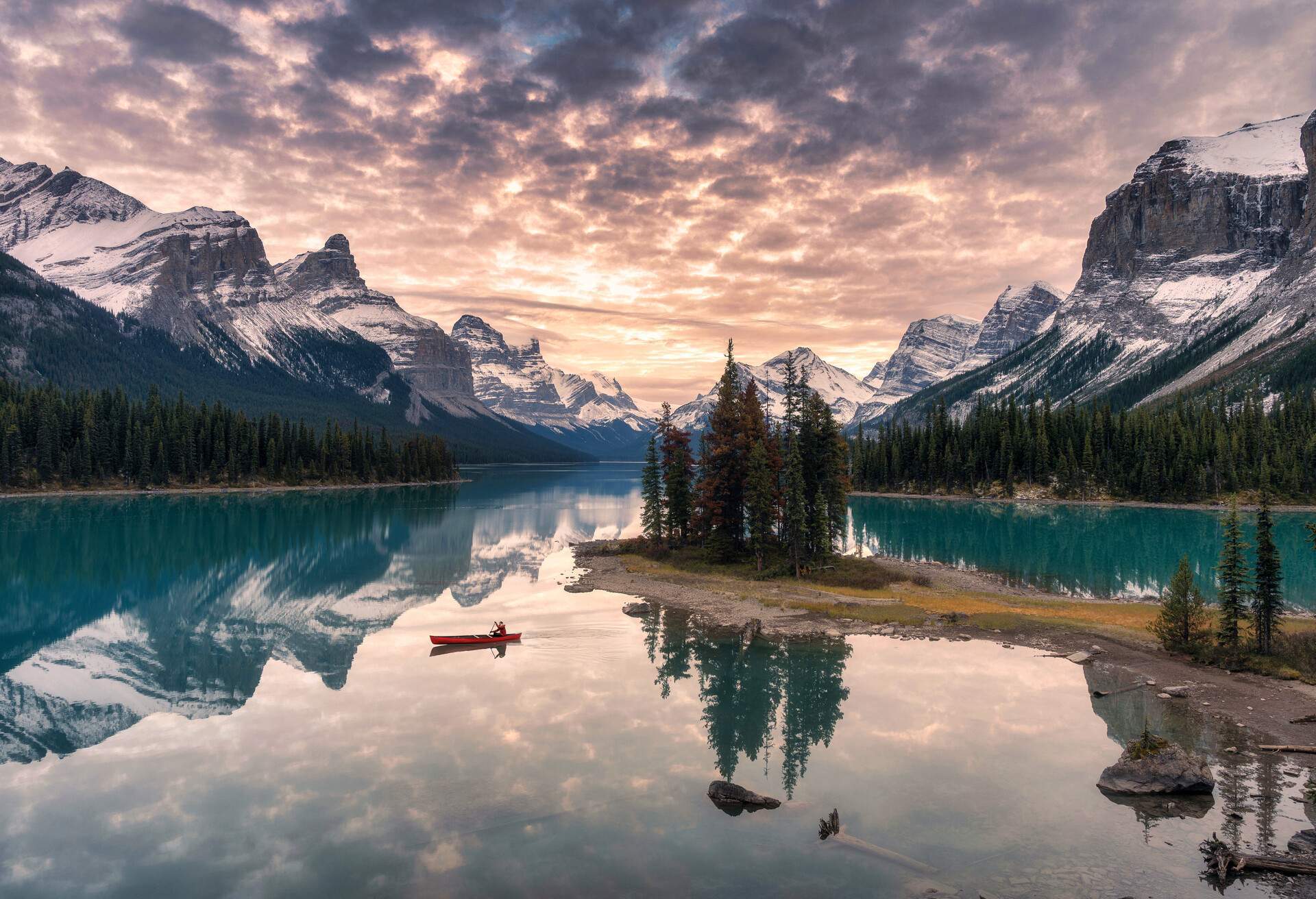When it comes to rugged scenery and breathtaking natural sites, the national parks in Canada are hard to beat.
Canada is a vast country, with huge stretches of undisturbed wilderness home to some miraculous beauty spots and many native species. It’s also a country that takes the preservation extremely seriously. A designated National Park Service currently helps maintain and protect these amazing areas, making sure they stay beautiful for future generations.
Canada is home to more than 30 national parks, with national reserves containing mountainous highlands, ancient forests and stunning lakes and coves. So, whether you love swimming, hiking or simply basking in natural wonders, these are some of the best national parks in Canada to add to your bucket list.
Top 12 national parks in Canada
Immerse yourself in nature, enjoy outdoor sports like kayaking or skiing, or get up close to unique wildlife. These 12 Canadian national parks offer incredible travel opportunities that are hard to top.
Banff National Park

One of the most spectacular Alberta national parks is Banff National Park, located in the Rocky Mountain range. Banff National Park is situated around a 90 minute drive from Calgary and can be reached by road via the Trans Canadian Highway, Route 1. Banff National Park is also located beside the scenic town of Banff. If you do plan to stay in Banff, book your accommodation well in advance as hotel options are limited and it is a very popular location.
Banff National Park covers miles of mountainous terrain and is a haven for wildlife species, such as elk, black bears and grizzlies. Another highlight for visitors at Banff National Park is the stunning network of lakes that the area boasts. If you visit Banff Park during the summer months, the clear waters of Lake Louise and Moraine Lake are perfect for swimming, paddling and canoeing. Meanwhile, if you visit in the winter, you can take to the ski slopes higher up in the mountains at Lake Louise Ski Resort.
Banff National Park is also home to Icefields Parkway, which is a vast scenic area flattened out by historical glaciers and surrounded by mountains. This area has some fantastic hiking trails that are suitable for all experience levels. Camping is available at designated campsites throughout the area, and you must have a park entry permit before you set up base. You can also head to the Banff Visitor Centre for more information.
Pacific Rim National Park Reserve
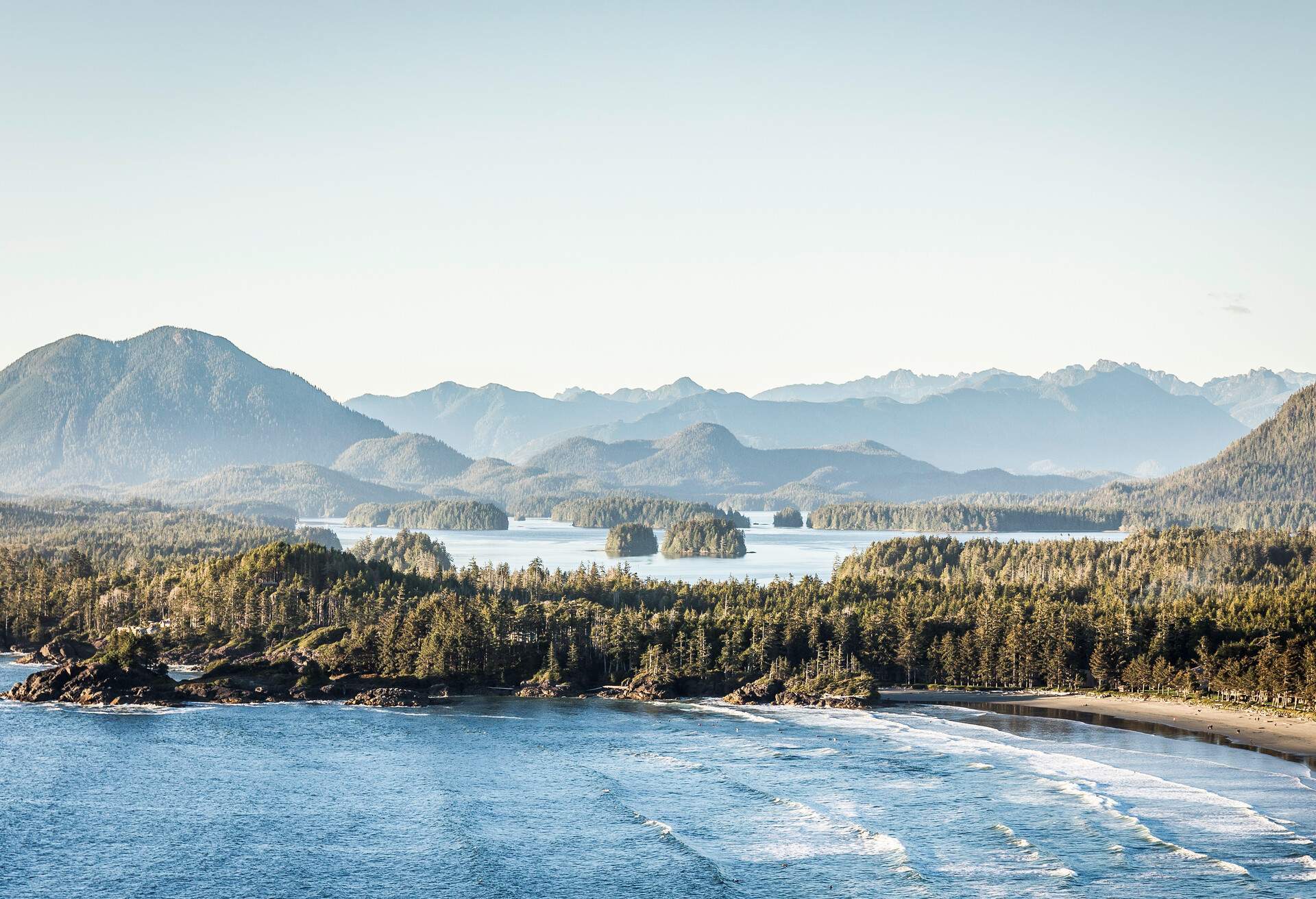
If water sports and rugged coastal spots are your thing, Pacific Rim National Park Reserve is an amazing place to visit. Located on Canada’s southeast coast, this Vancouver national park in British Columbia is only about a five hour journey from Vancouver city. The park itself is located on Vancouver Island, and you will need to take a short ferry ride to get there.
Pacific Rim National Park is extremely popular with surfers, and the rocky coastline and sandy beaches offer some amazing spots to catch the waves. The park is also well known for its scenic coastal hiking trails, like the Rainforest Boardwalk and the West Coast Trail. Wildlife watchers can also look out for rare bird species, like bald eagles and common loons, which nest in the park all year round. For more seasonal bird sightings, look out for the gorgeous Rufus hummingbird, which calls the park home in spring, or the majestic snowy owl, which can be seen in late autumn and winter.
The national park has campsites along the West Coast Trail and at Long Beach and Broken Group Islands. However, visitors must make a reservation at one of these sites, as free camping is not allowed. The Pacific Rim Park also has a historical museum at the Kwisitis Visitor Centre.
Pukaskwa National Park
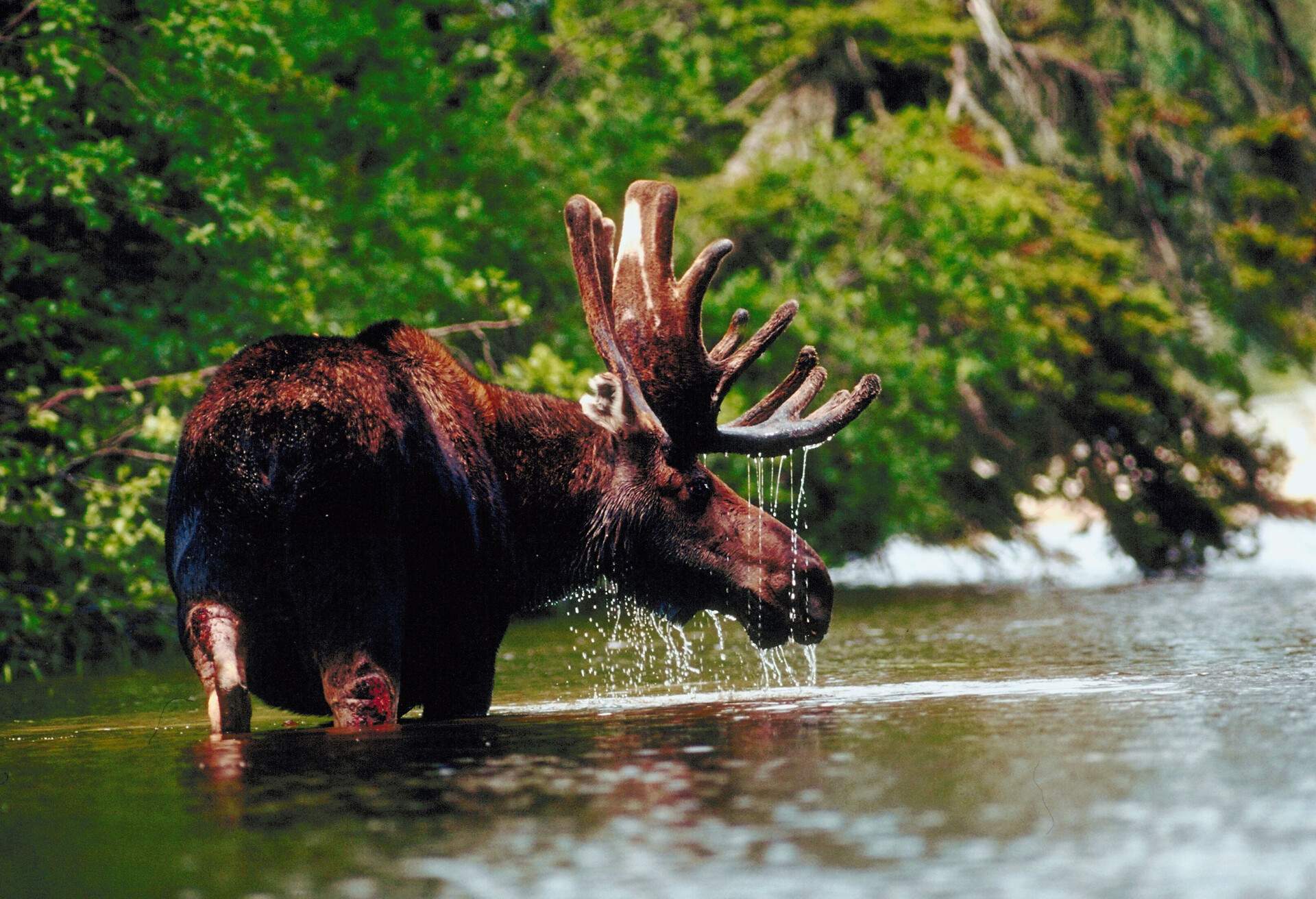
Visitors looking for national parks near Toronto can schedule a visit to Pukaskwa National Park. This national park in Ontario is located around a 12 hour drive from Toronto, so it works well as a road trip with a longer stay. Pukaskwa National Park is located on the banks of the majestic Lake Superior and is a great place to hike and see some local wildlife. The park is home to moose, loons, caribou and black bears, among other native species.
The park charges a small entry fee, which is around $5 per day, and it is only open between April and October. There are numerous campsites available inside the park, which are open to both backpackers and caravans. You could also stay in the nearby town of Thunder Bay, which is located around a five hour drive from the park. You can use the Wi-Fi facilities, learn more about the park and pick up some souvenirs at the Hattie Cove Visitor Centre.
Nahanni National Park Reserve
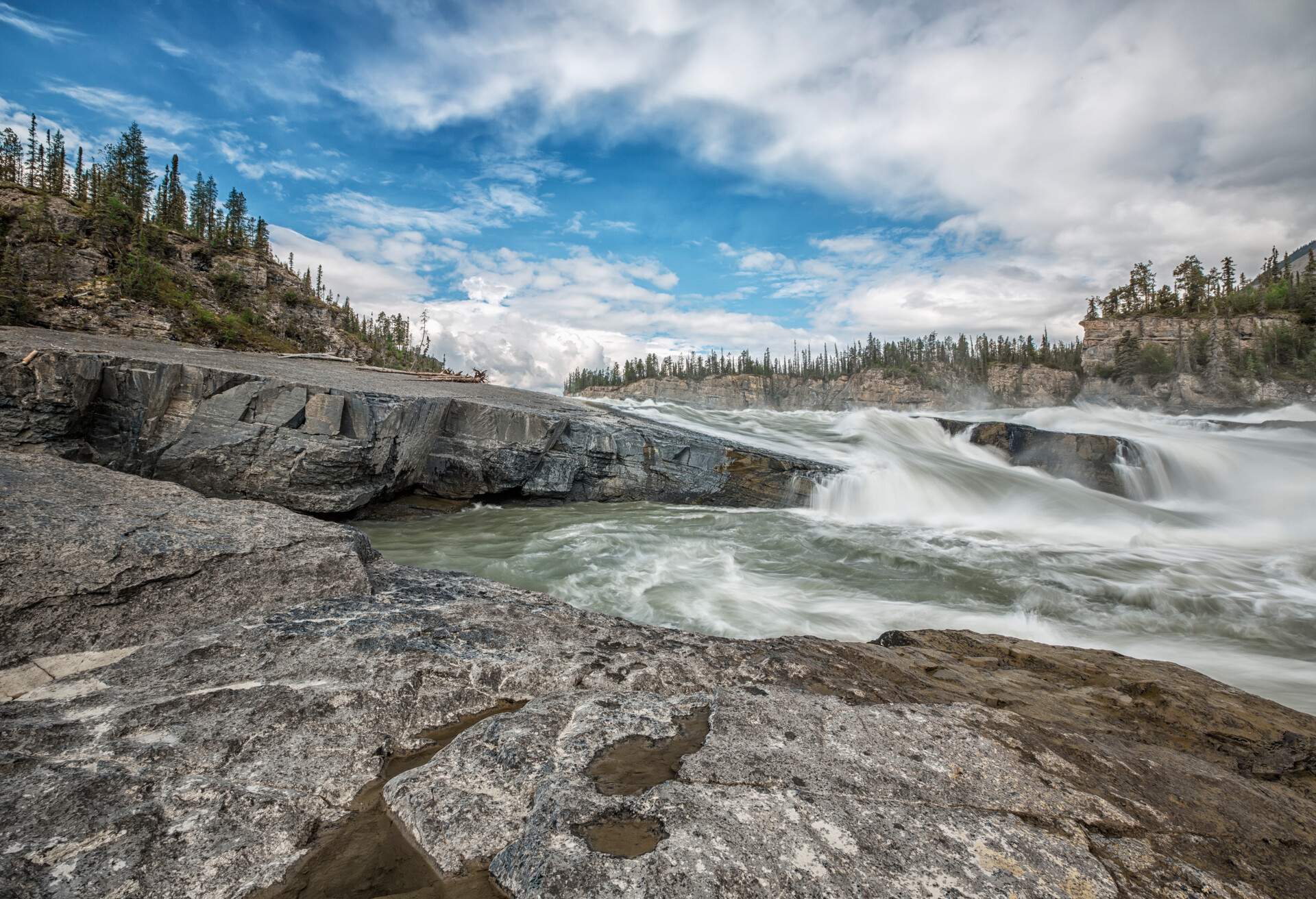
True adventurers will be amazed by what Nahanni National Park Reserve in the Northwest Territories has to offer. If you’re a watersports enthusiast and want to explore Canada’s north and south rivers, this national park could be the one for you. Many visitors travel to Nahanni Park to raft the ferocious waters of the Nahanni River, which flows through the reserve. This trip should only be undertaken by experienced paddlers or with a professional guide.
As well as the incredible river, Nahanni Park is also home to some spectacular waterfalls and vast mountains, including the intimidating Cirque of the Unclimbables. The reserve is located in remote surroundings and travelers will not find camping facilities or a visitor center in the park. However, you can bring your own camping equipment (nightly fees are $25 per person). It is advisable to visit the park between July and August, as you will generally not come across snow or river ice during these months.
Jasper National Park
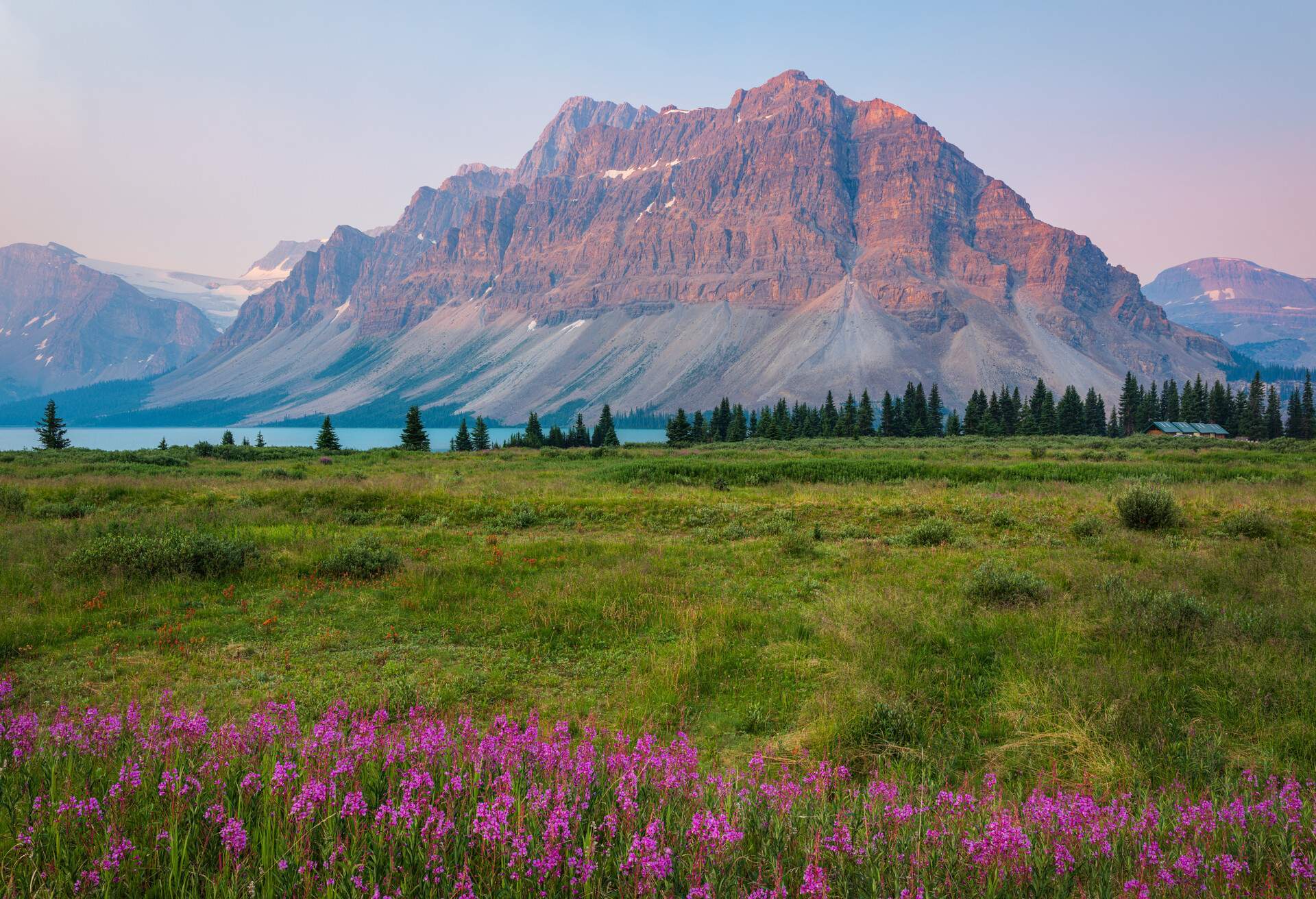
Located in the Rocky Mountains, around a three hour drive from Edmonton via the Trans Canadian Highway Route 16, Jasper National Park is probably the most beautiful place in Canada to see elk. Elk are present in the park all year round, and the highest numbers can generally be seen in the reserve’s eastern region. Jasper National Park also has accessible hiking routes for visitors of all abilities. The park tends to be very busy in summer, so you may want to visit in spring or fall to dodge the crowds.
If you want to visit Jasper National Park in winter, you can enjoy skiing on the slopes. The park is also a popular location with mountain bikers due to its wide, winding trails. There are several campsites and accommodation options sprinkled throughout the park. Meanwhile, the information center at the park dates back to 1913, showcasing it as one of Canada’s oldest national parks.
Bruce Peninsula National Park
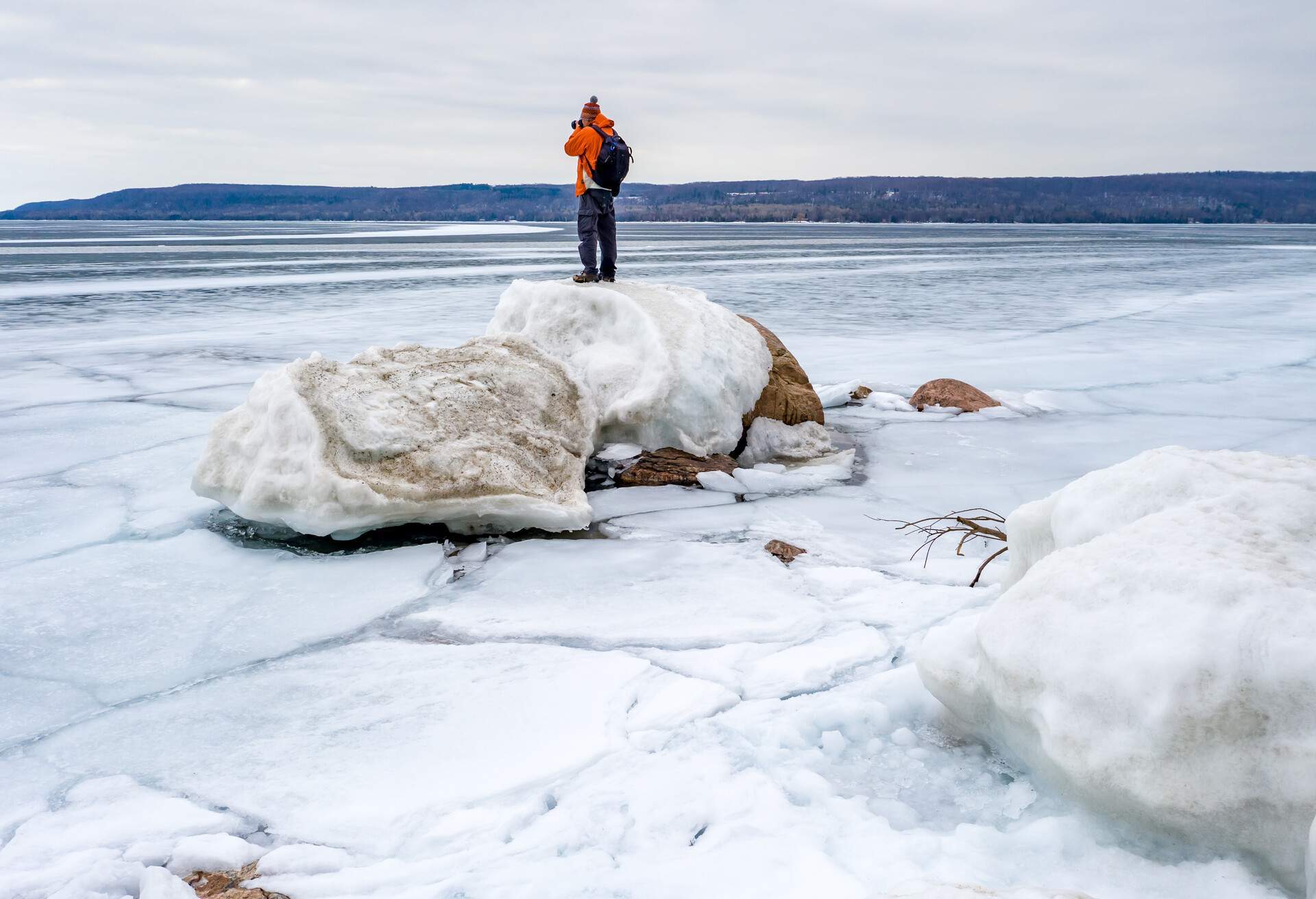
Do you dream of hiking alongside clear turquoise waters? Bruce Peninsula National Park, located on the shore of Lake Huron, will make you feel like you’re in the tropics, with its stunningly clear waters and underwater caves. Bruce Peninsula National Park is located just under a four hour drive from Toronto and is accessible via Highway 10.
The park is home to one of the longest Canadian nature trails, the Bruce Trail, which spans more than 400 miles. Visitors can choose a segment of the trail to explore or visit the incredible Grotto sea cave. The park has plenty of well-equipped campgrounds, which must be booked in advance when you plan your stay. The park tends to get very crowded during the summer, but facilities can also be limited during the winter months, so it is sometimes better to book well in advance and visit at peak times.
Cape Breton Highlands National Park
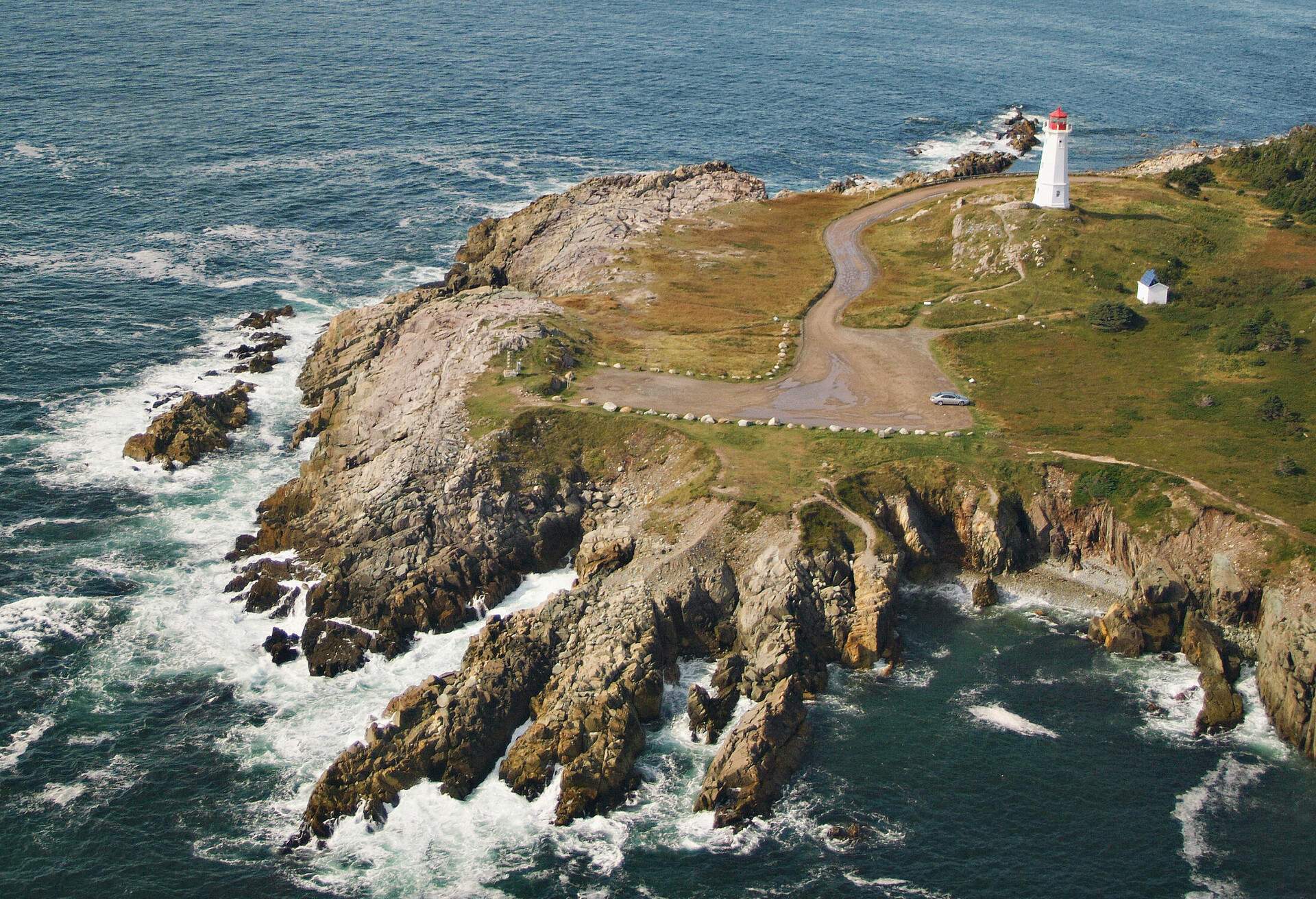
Located on Canada’s western tip in Nova Scotia, Cape Breton Highlands National Park features an enchanting mix of rugged hillsides and stunning ocean views. Hike the famous Cabot trail, which circles the whole reserve and features historical exhibits with information about the park’s history. Want to tackle the whole trail? You’ll need to buy a permit to cover certain areas.
Cape Breton Highlands National Park is also popular with whale watchers. Both minke whales and humpbacks can sometimes be seen off the coast. The park’s coastal areas also offer plenty of sandy beaches to swim and soak up some sun. The reserve is popular with cyclists, plus it has a golf course where you can enjoy a few rounds on the links. Campsite facilities are available in the park from late May through to late October.
Fundy National Park
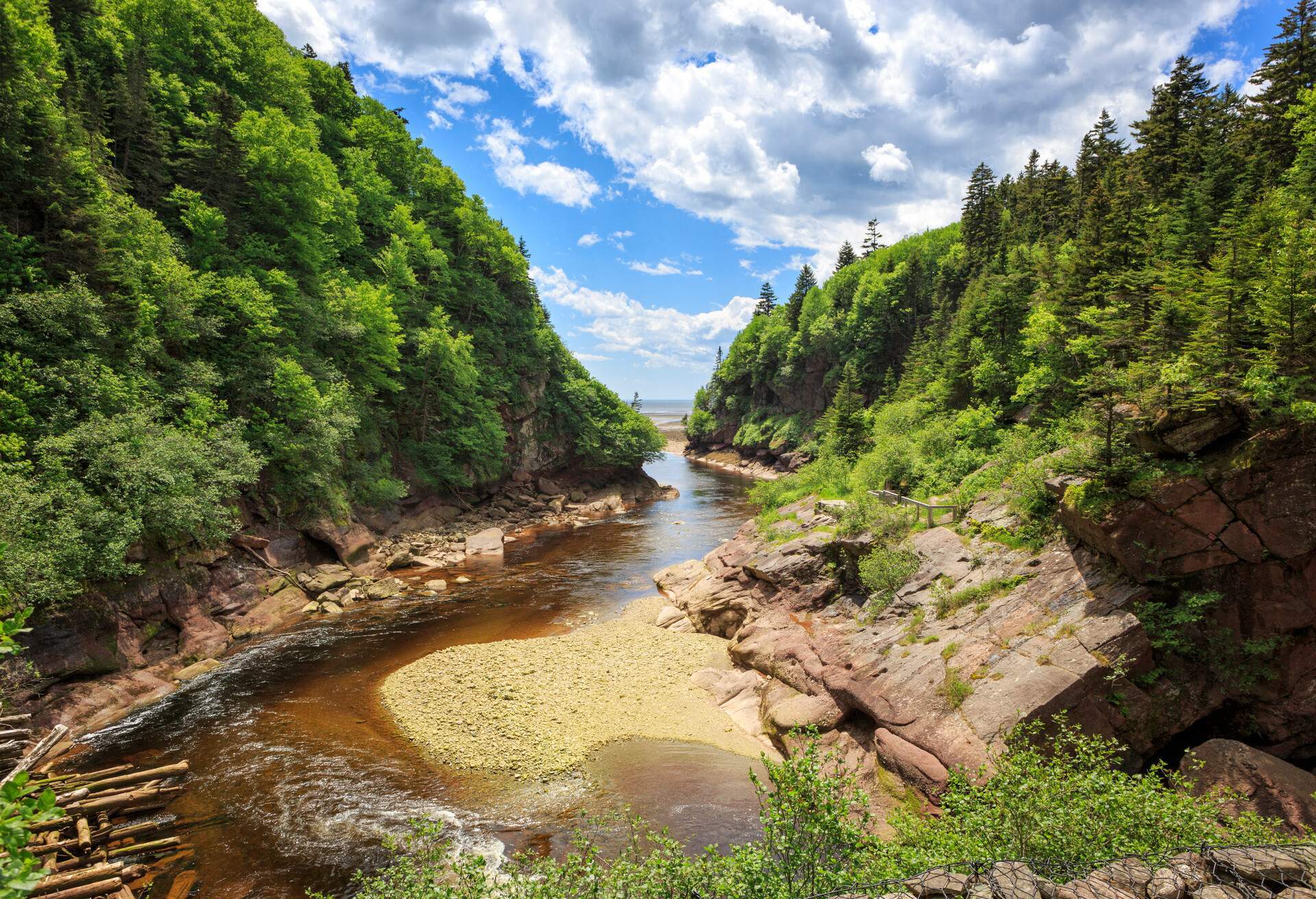
Not far from Cape Breton, Fundy National Park in Nova Scotia offers a great mix of outdoor and educational experiences. During the winter, snow on the park slopes makes Fundy a great place to ski. Meanwhile, the extreme tides along the coast mean you can walk on the seabed mud flats and learn about native marine life during low ebb. The park also offers luxury camping experiences and basic campgrounds for visitors who want to spend the night.
Kluane National Park
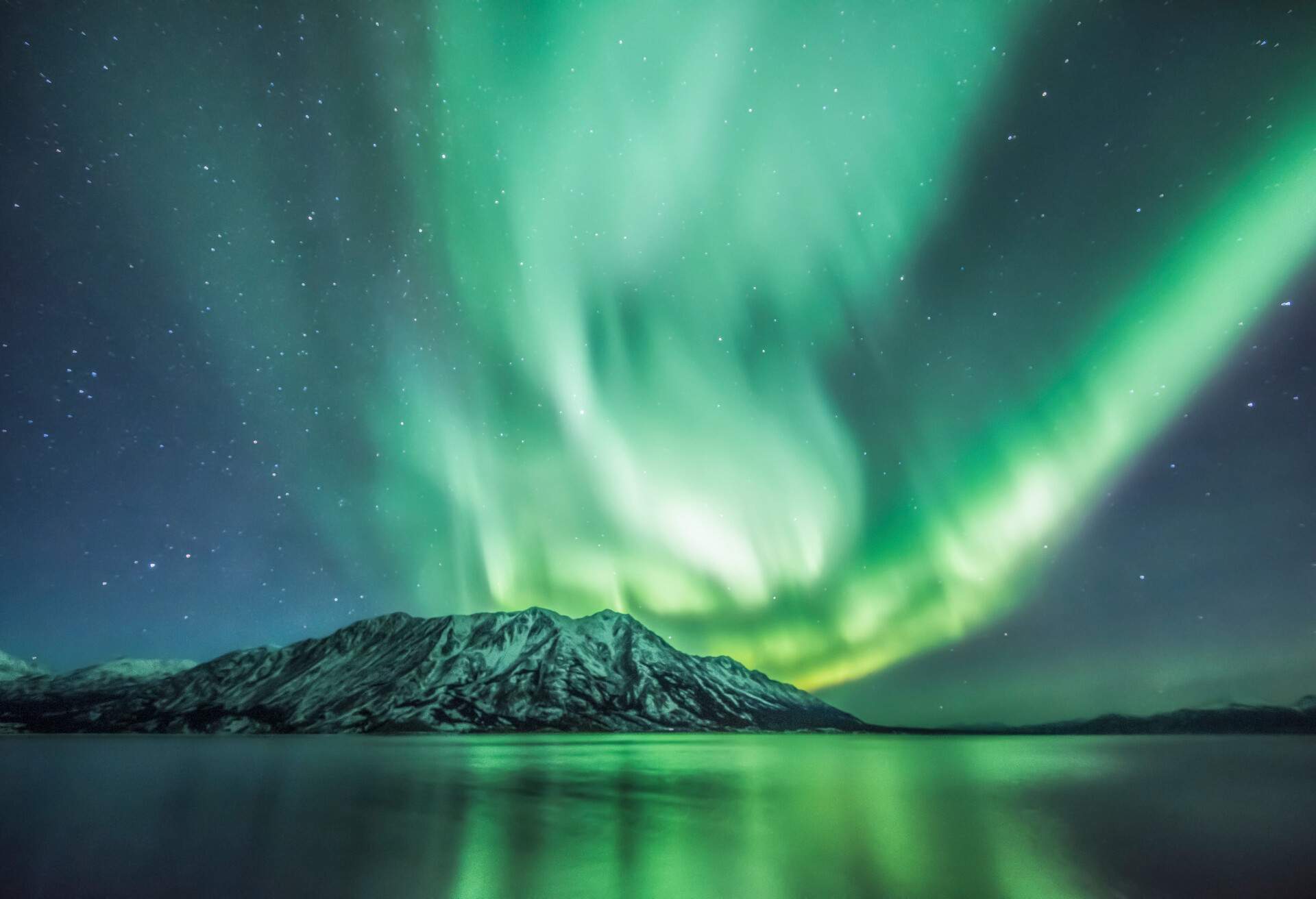
Want to explore a landscape of breathtaking wilderness and icy peaks? Kluane National Park in the Yukon Valley has a dazzling array of trails that runs past glaciers, lakes and rivers. Visitors to the park can catch a glimpse of Mount Logan, Canada’s highest mountain peak. In September, the park also hosts an annual Northern Lights festival perfect for stargazers.
Campsites are available throughout the park. There is also the Kluane Park Visitor Center with its museum and exhibition gallery. A wildlife fanatic? The park is home to grizzly bears and Dall sheep.
Yoho National Park
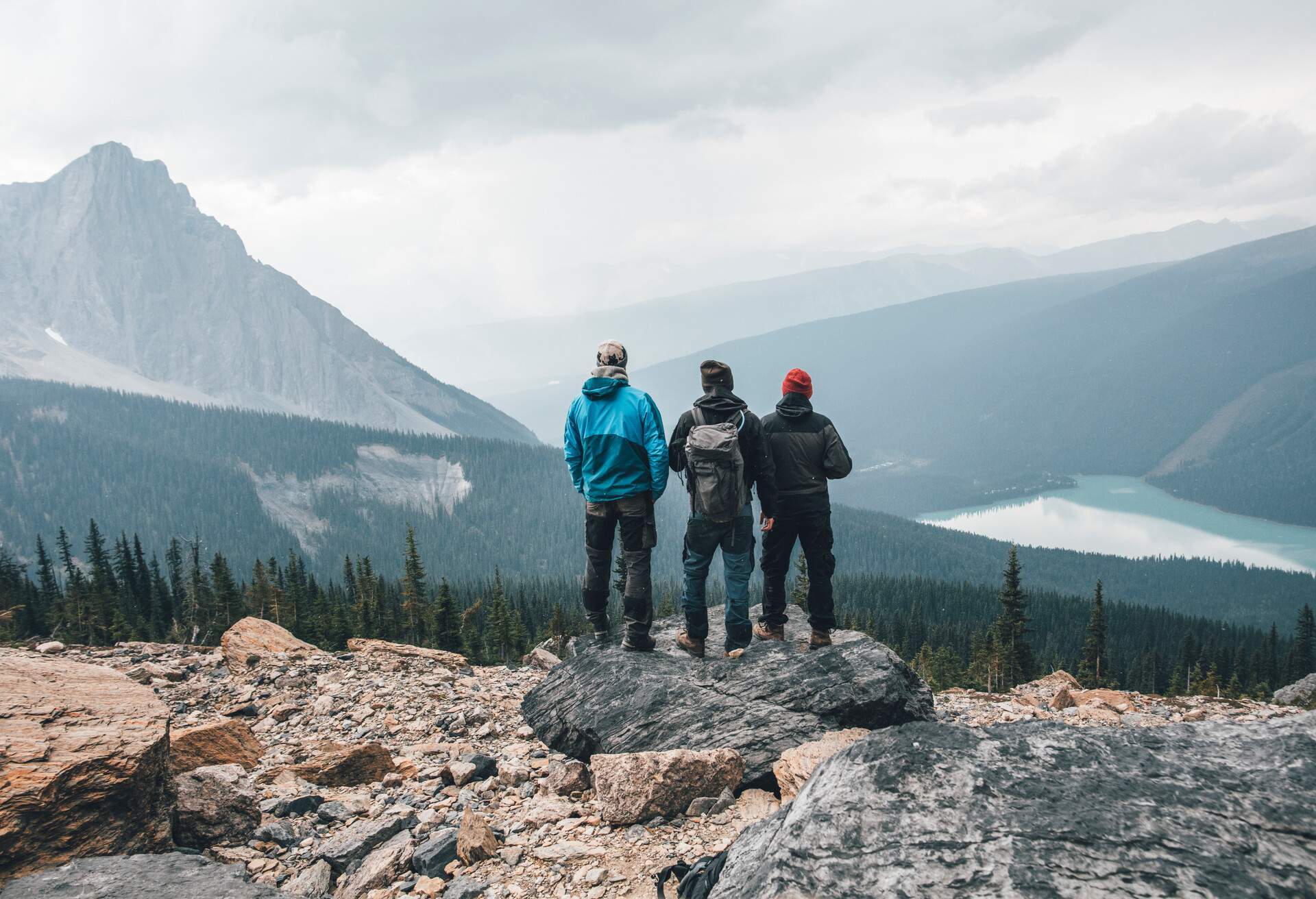
Located in the Rockies, just behind the border between British Columbia and Alberta, Yoho National Park is one of Canada’s most beautiful natural attractions. The park is situated around a two hour drive from Calgary along the Trans Canadian Highway Route 1.
One of the most interesting things to see in the park is the Burgess Shale Fossils Collection. It’s a UNESCO World Heritage site and features preserved dinosaur remains. You could also hike the Paget Lookout Trail, which is home to certain endangered tree species.
Aside from these highlights, the park offers spectacular mountain peaks, stunning lakes and exotic wildlife. Camping is permitted within the park, although only at designated sites.
Forillon National Park
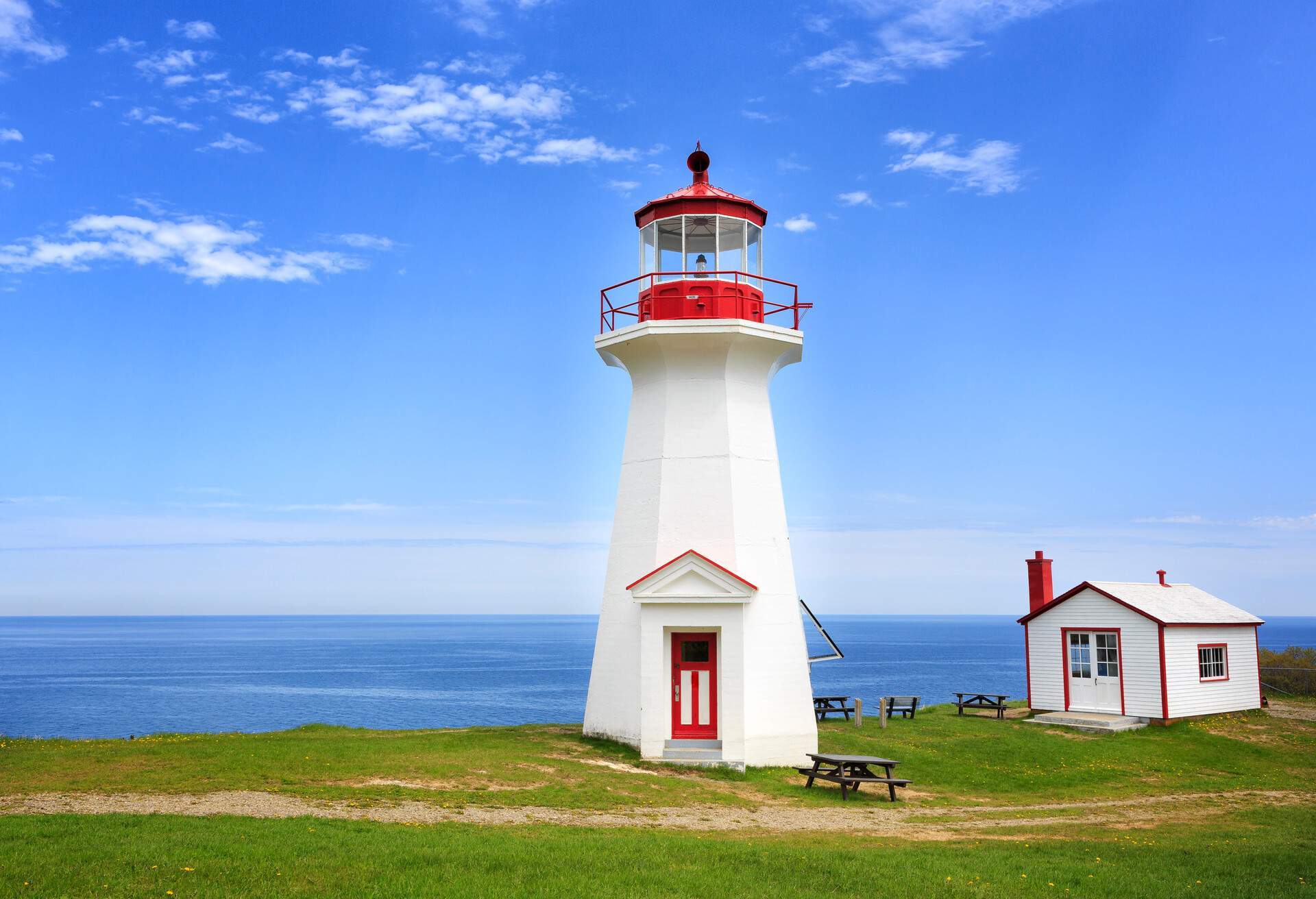
Situated in Quebec, Forillon National Park offers amazing opportunities for cycling, hiking and snorkeling. This breathtaking coastal reserve is a great place to see seals in their natural habitat. You can also catch sight of whales on a whale-watching cruise.
If you head down to beaches within the reserve, like Penouille or Petit-Gaspe, you will find snorkeling and scuba facilities. Campsites are also available inside the park, with registration opening at 2pm and bookings to be made in advance.
Gwaii Haanas National Park
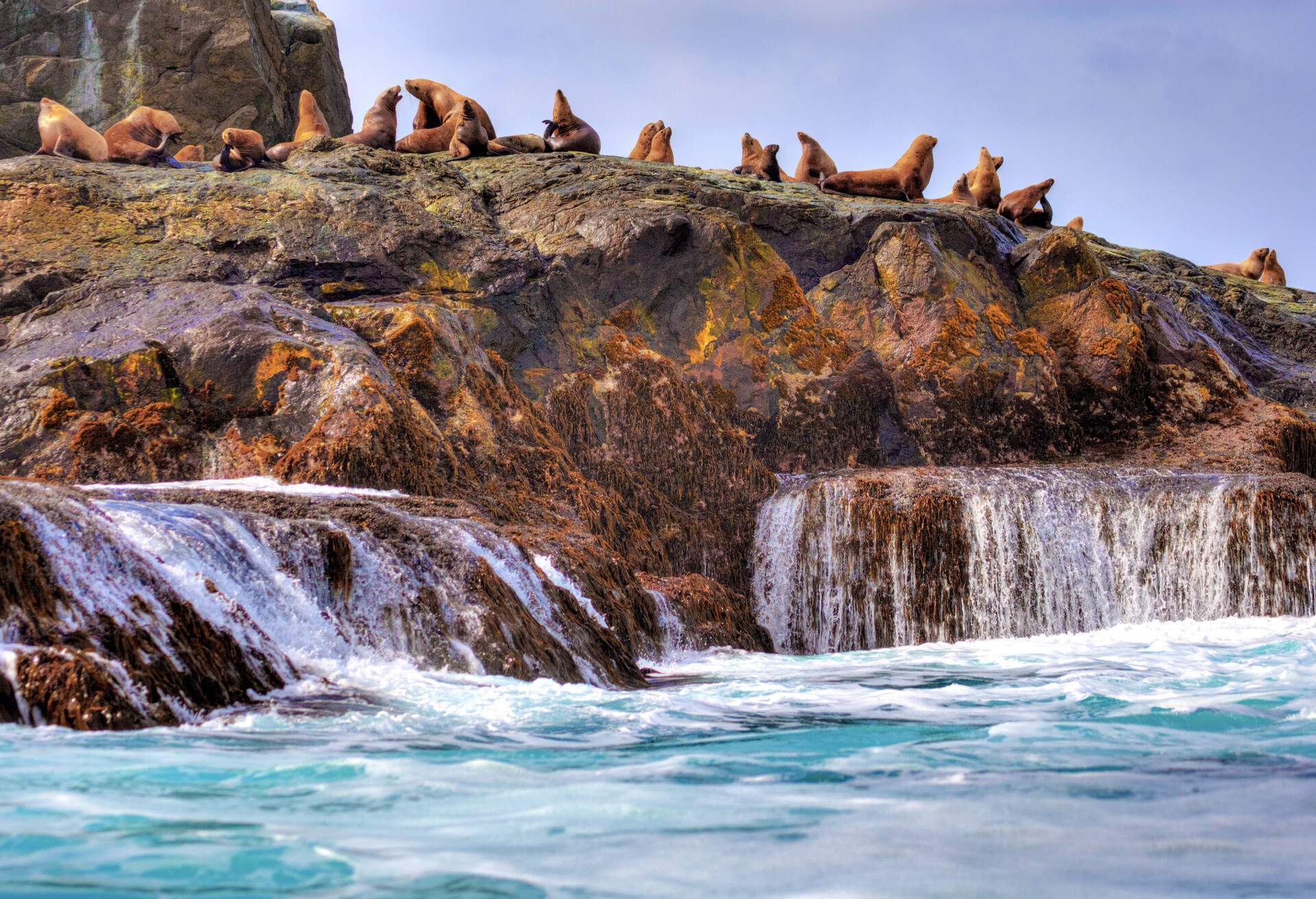
Located just off the coast of British Columbia, Gwaii Haanas National Park is a real coastal treasure. Visitors to the park can enjoy sea canoeing, sailing and kayaking. The waters around Gwaii Haanas are also home to more than 20 species of dolphin and whale, making marine life tours an absolute must. The area is also home to rare birds, like puffins and albatross.
Visitors to the area can free camp in the park and enjoy a relaxing soak in its natural hot pools. You can also see indigenous artwork displayed around the reserve.
Where can I find Canada’s national parks?
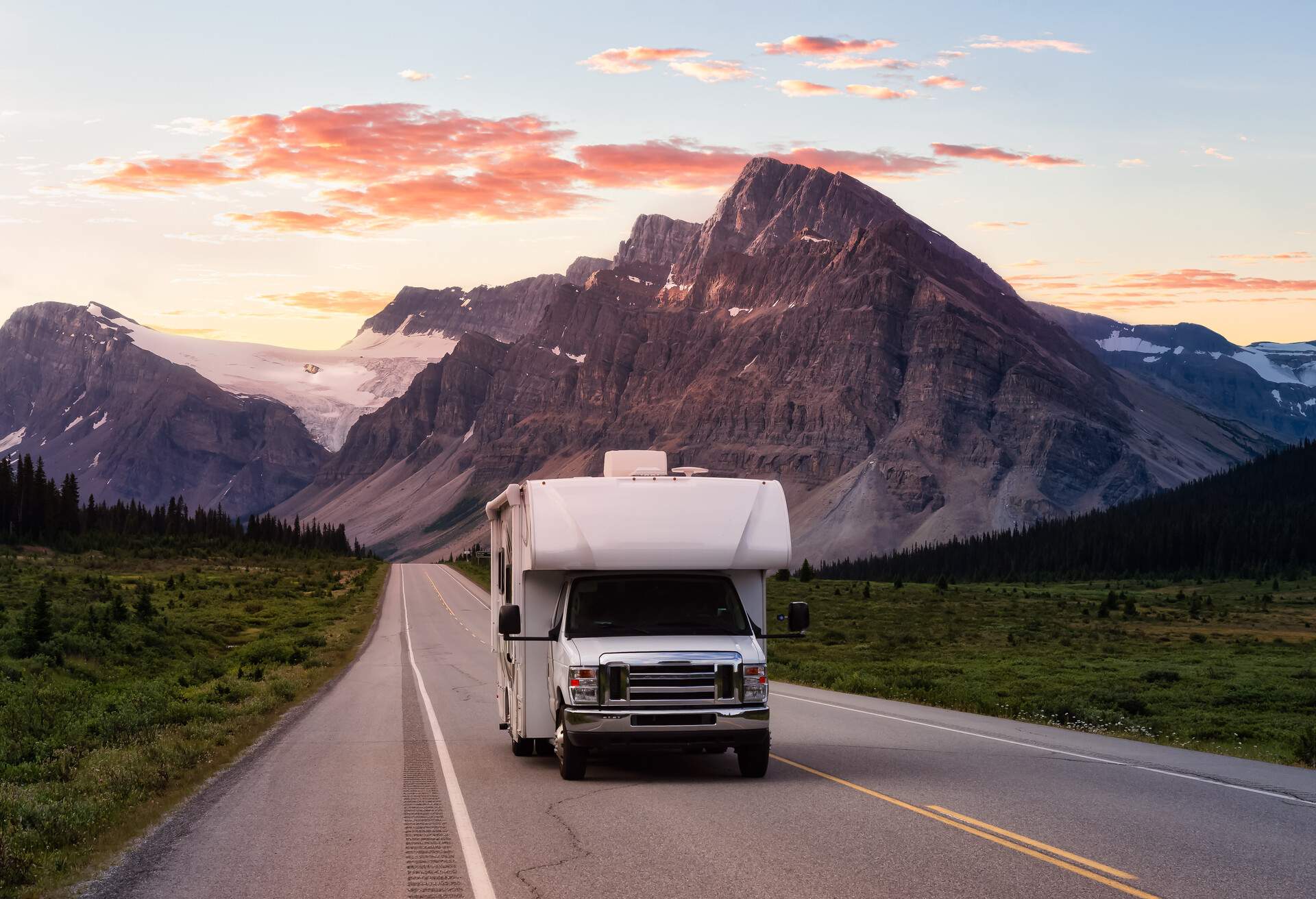
With such vast stretches of Canadian countryside to explore, travelers can find national parks in most of the major states. This makes it easy to base yourself in almost any Canadian city and still enjoy a few days of camping.
Due to the National Park Service, most of Canada’s national parks are well-equipped. They typically all have visitor facilities and on-site emergency teams and rangers. You can also visit some Canadian national parks all year round, although winter conditions may affect accessibility in remote areas.
National parks in Canada: FAQs
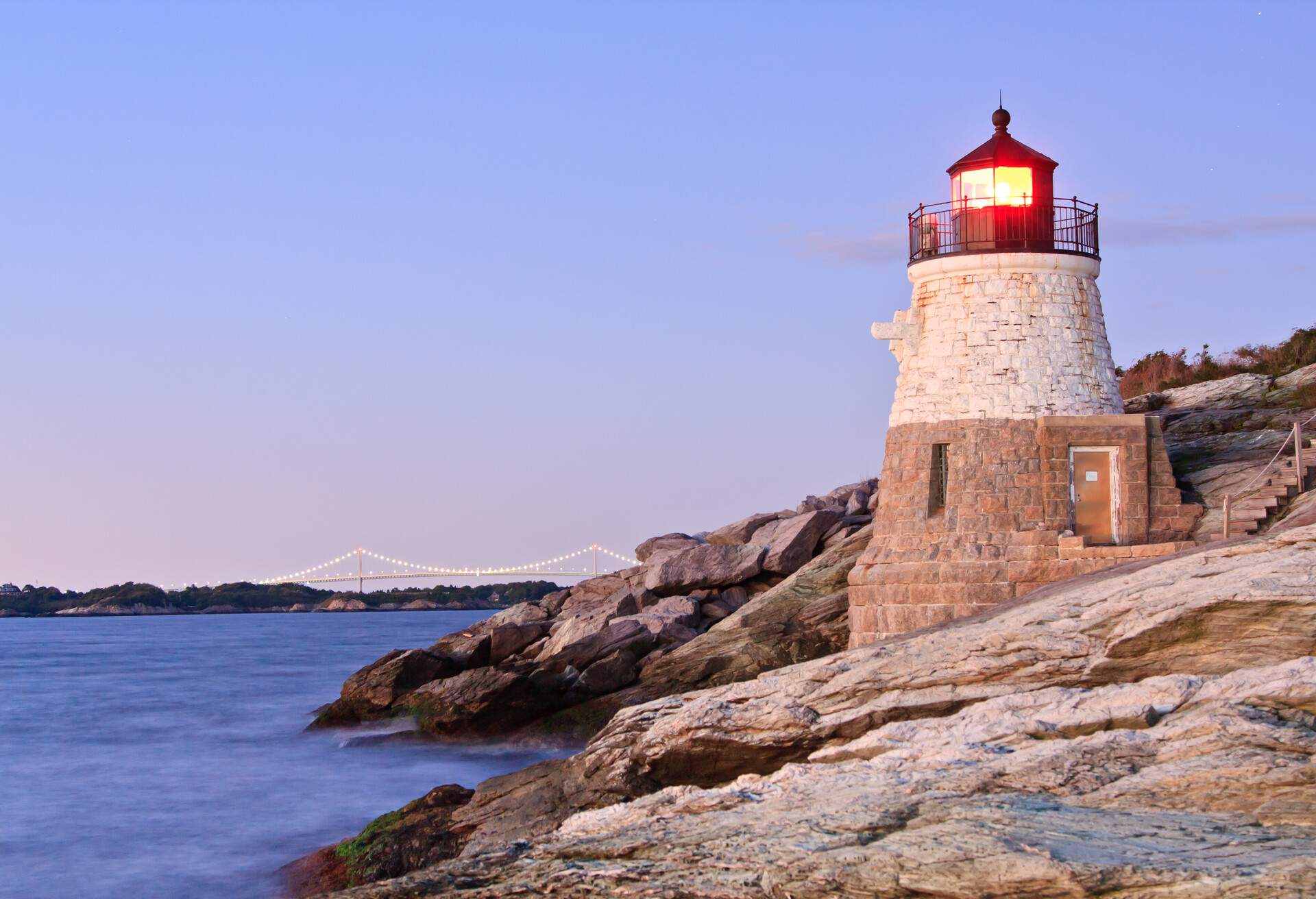
Looking for information about Canadian national parks? We answer some of your most frequently asked questions.
How many national parks are in Canada?
Canada is home to around 37 national parks. Canada’s national parks are all managed and maintained by the National Park Service.
Are dogs allowed in national parks in Canada?
In most national parks in Canada where camping is allowed, you can also take your dog with you. At some national parks, such as Cape Breton Highlands National Park, dogs need to be kept on a leash. It is important to check the unique information pages to find out about individual parks’ pet policies.
Can you camp in national parks in Canada?
Most Canadian national parks offer camping facilities with plenty of convenient on-site amenities. For some campsites, you may need to book your spot in advance. Some national parks do not have official campsites, but camping is still allowed in most.
Are national parks free in Canada?
For most national parks in Canada, there’s a small daily fee or seasonal fee to use the facilities. This money goes towards the upkeep and preservation of the parks.
Feeling inspired? Want to find out about some more natural beauty spots? Check out our blogs about national parks in Italy, the UK and Australia.

